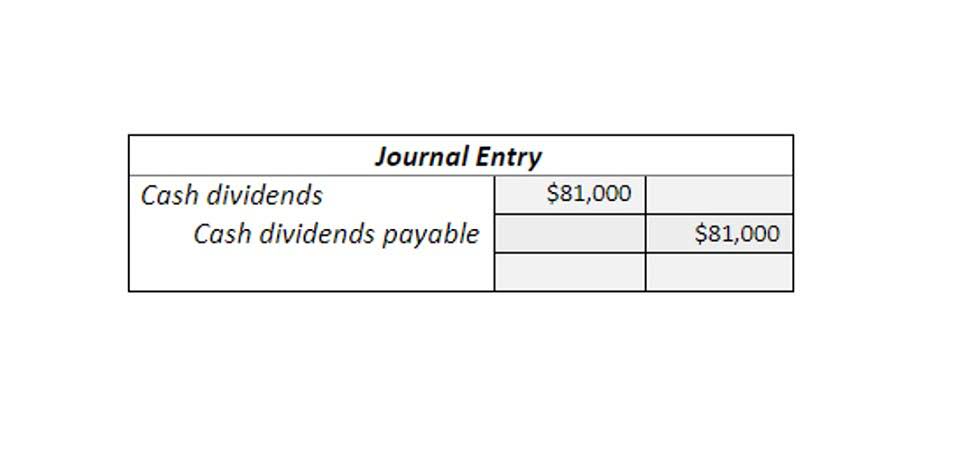
One of our training experts will be in touch shortly to go over your training requirements. Fill out your contact details below and our training experts will be in touch.
Advantages and Disadvantages of the Variable Costing Method
Absorption costing provides a poor valuation of the actual cost of manufacturing a product. Therefore, variable costing is used instead to help management make product decisions. Direct materials, direct labor, variable overhead, and fixed overhead should all be included in the cost of the product using absorption costing. Direct materials, direct labor, and variable overhead are already expressed in per unit figures but fixed overhead is not. Depending on a company’s business model and reporting requirements, it may be beneficial to use the variable costing method, or at least calculate it in dashboard reporting. Managers should be aware that both absorption costing and variable costing are options when reviewing their company’s COGS cost accounting process.
Advantages and Disadvantages of the Absorption Costing Method
While this was not the only reason for manufacturing too many cars, it kept the period costs hidden among the manufacturing costs. Using variable costing would have kept the costs separate and led to different decisions. Absorption costing can skew a company’s profit level due to the fact that all fixed costs are not subtracted from revenue unless the products are sold. By allocating fixed costs into the cost of producing a product, the costs can be hidden from a company’s income statement in inventory. Hence, absorption costing can be used as an accounting trick to temporarily increase a company’s profitability by moving fixed manufacturing overhead costs from the income statement to the balance sheet.

Question: 1. What is the unit product cost under variable costing?
Let us understand the concept of absorption costing equation with the help of some suitable examples. It is required in preparing reports for financial statements and stock valuation purposes. The difference in the methods is that management will prefer one method over the other absorption costing for internal decision-making purposes. The other main difference is that only the absorption method is in accordance with GAAP. Therefore, it is necessary to analyse and evaluate the pros and cons of the process and then decide whether it is suitable for the business.
- Therefore, variable costing is used instead to help management make product decisions.
- This means companies will have a higher breakeven price on production per unit.
- This intricate accounting method delves beyond material and labour, encompassing every high and minor cost to present a holistic view.
- It includes direct costs such as direct materials or direct labor and indirect costs such as plant manager’s salary or property taxes.
- Eventually, the fixed overhead cost will be expensed when the inventory is sold in the next period.
The difference is that the absorption cost method includes fixed overhead as part of the cost of goods sold, while the variable cost method includes it as an administrative cost, as shown in Figure 6.12. It not only includes the cost of materials and labor, but also both variable and fixed manufacturing overhead costs. This guide will show you what’s included, how to calculate it, and the advantages or disadvantages of using this accounting method. The absorption cost per unit is $7 ($5 labor and materials + $2 fixed overhead costs). As 8,000 widgets were sold, the total cost of goods sold is $56,000 ($7 total cost per unit × 8,000 widgets sold). The ending inventory will include $14,000 worth of widgets ($7 total cost per unit × 2,000 widgets still in ending inventory).
Comparing Variable and Absorption Methods

ABC costing assigns a proportion of overhead costs on the basis of the activities under the presumption that the activities drive the overhead costs. Instead of focusing on the overhead costs incurred by the product unit, these methods focus on assigning the fixed overhead costs to inventory. You can calculate a cost per unit by taking the total product costs / total units PRODUCED.
This is important if a company plans to ramp up production in anticipation of a seasonal sales increase. Absorption costing means that ending inventory on the balance sheet is higher, while expenses on the income statement are lower. Using units produced will allow overhead to be allocated to all of the units, those that were sold and those that are still remaining in inventory.

While it’s a valuable management tool, it isn’t GAAP-compliant and can’t be used for external reporting by public companies. Therefore, if a company uses variable costing, it may also have to use absorption costing (which is GAAP-compliant). In corporate lingo, “absorbed costs” often refer to a fixed amount of expenses a company has designated for manufacturing costs for a single brand, line, or product. Absorbed cost allocations for one product produced may be greater or lesser than another.

Variable costing considers the variable overhead costs and does not consider fixed overhead as part of a product’s cost. It is not in accordance with GAAP, because fixed overhead is treated as a period cost and is not included in the cost of the product. In order to understand how to prepare income statements using both methods, consider a scenario in which a company has no ending inventory in the first year but does have ending inventory in the second year. Outdoor Nation, a manufacturer of residential, tabletop propane heaters, wants to determine whether absorption costing or variable costing is better for internal decision-making.
